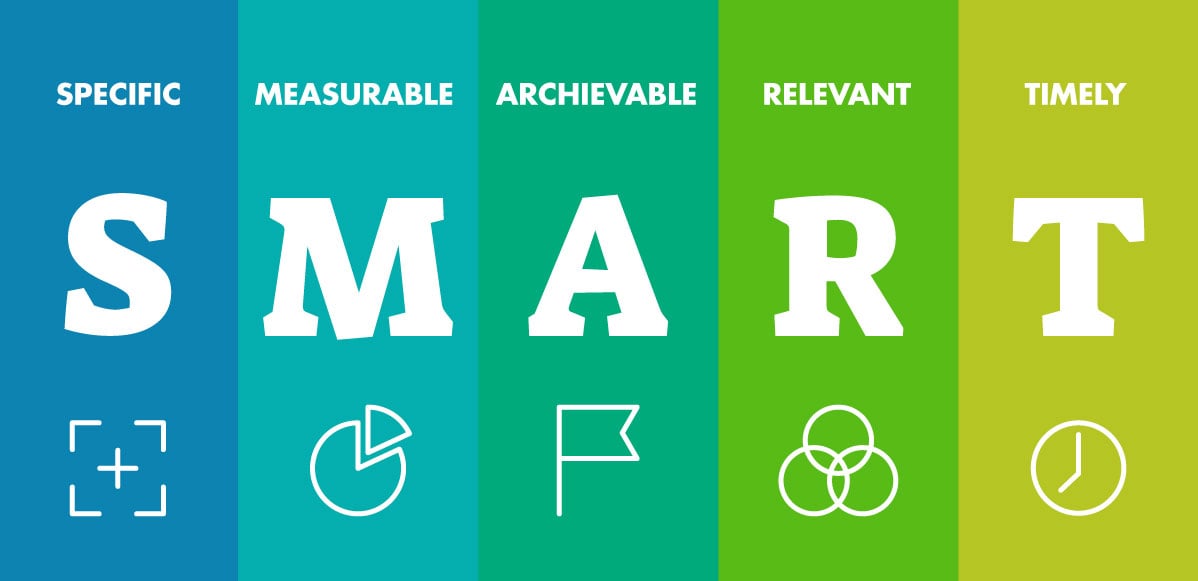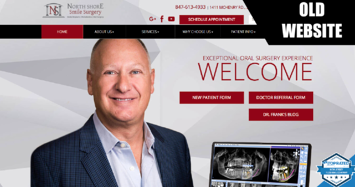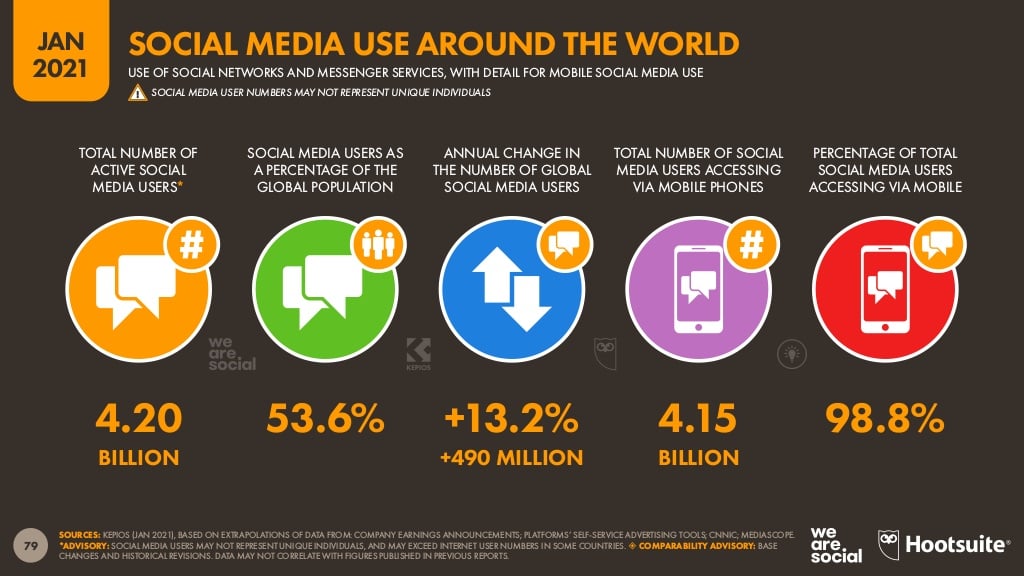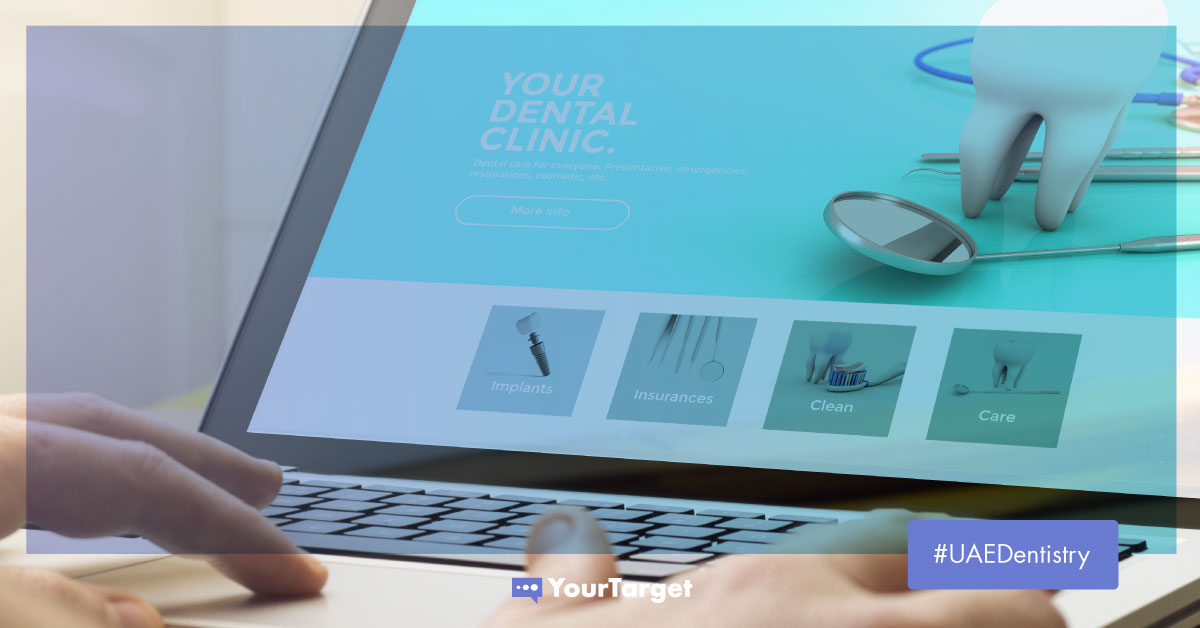In today’s tech-driven world, digital marketing plays a crucial role in helping businesses to succeed. Traditional forms of advertising that dentists previously relied on no longer work. If you’re still relying on local newspaper ads to promote your practice, it’s about time to rethink your dental marketing strategy.
If you need to book a regular check-up appointment or need an urgent procedure carried out at the dentist, are you going to open up the yellow pages and look up a dentist near you? Not likely. Instead, you’ll probably grab your phone or laptop and head straight to Google—just like 77% of prospective patients.
As digital marketing becomes the new norm, an increasing number of dental practices are implementing the inbound methodology in their campaigns to attract and retain patients. Dental practices the world over are growing their businesses with inbound. So the question is: Are you?
In this article, we’ll look at how to run an inbound marketing campaign for your dental practice and how an expert inbound marketing agency like YourTarget can help you do it.
How to run an inbound marketing campaign for your dental practice
Follow these simple steps to run an inbound marketing campaign that gets results.
1. Know your target audience
Typically the first step in any digital marketing campaign, knowing your target audience is your first port of call. Marketing to a generic audience isn’t an effective strategy, as people will likely slip through your fingers if you aren’t targeting them directly.
Creating detailed buyer personas (in this case, patient personas) will allow you to effectively target the right people at the right time.
To understand your patient personas, you’ll need to sit down, take a few minutes, and ask yourself some questions. These questions focus on who your patients are, their income status, education, and their needs.
Some example questions include:
- What age bracket do they fall under (i.e. older patients, kids, or a mixture of both)
- Are they seeking specialized dental treatments (cosmetic dental procedures or Invisalign, for example)
- What is their income status? Are you marketing your services towards high income, low income, or middle of the range earners?
- What problems will they typically come to you with?
Your patient personas are semi-fictionalized depictions of your ideal customers.
Once you know a bit more about who your patients are, their needs, and their pain points you’ll find the rest of the inbound marketing process runs much more smoothly.
Your patient personas will seep into everything you do as a business, from your PPC advertising to your content strategy to your search rankings. They’re the people you want to attract, convert, and delight with your services and dental marketing strategies, and the ones who are more likely to keep coming back.
Tip: You can start getting to know your audience with our free buyer persona template. Download it here.

2. Set your campaign goals and KPIs to track performance
What’s any kind of marketing campaign without a goal? Your campaign goals and objectives are going to drive your campaign forward and using key performance indicators (KPIs) will help you track your success and identify any areas for improvement.
To set inbound marketing campaign goals, we suggest using the SMART goal framework. SMART goals are:
- Specific: Determine exactly what you want to achieve and don’t be generic.
- Measurable: You should have criteria in place for measuring your progress.
- Attainable: Be realistic when setting your goals.
- Relevant: The goal should align with your overall business objectives and initiatives.
- Timely: Set benchmarks to determine your progress, and have an end date in mind for reaching your goal.
For dental practices, SMART goals typically revolve around contacts and customers. After all, the goal is to get patients into the chair! You might also have goals that centre on increasing traffic to your website or social media pages to boost brand awareness.

3. Optimize your website to attract and convert leads
Before you deploy any kind of inbound marketing campaign, you’ll want to ensure your website is fully functional, fast, and mobile-optimized. This ensures your customers can explore your site and take the desired call-to-action effortlessly.
The purpose of your website is to show visitors what you have to offer and provide a great user experience for them to access your products or services. 94% of first impressions of a website are based on its visuals and design, and 88% of website visitors won’t return to a page if they have a poor experience. So it’s important you get this right.
If your website isn’t optimized, you’re going to lose out on a huge number of potential customers. Whatever the goal is behind your inbound dental marketing strategy, it’ll go hand in hand with an effective website.
For instance, if your inbound marketing goal is to increase appointment bookings by 25% in the first quarter, you’ll want to ensure your website offers an effortless appointment booking process.
Visitors should be able to book an appointment in a few steps, without having to provide too much information. According to Statista, mobile generated 54.8% of global website traffic in 2021, so patients should be able to book an appointment on mobile just as easily as they can on a desktop.
Use the following checklist as a guideline for important factors to consider when optimizing your dental website:
- Website speed: Google suggests the recommended page load time is two seconds.
- Search Engine Optimization: Do your website and blog contain relevant keywords to help searchers find your site?
- Mobile optimization: How does your website look to mobile visitors? A responsive mobile site is a must.
- Content and web media: Does your dental site feature engaging content and media to attract and engage visitors?
- Effective CTAs: Your CTAs should be easy to identify.
Tip: You can use Hubspot’s handy free website grader tool to grade your website against relevant KPIs and metrics.
Once you’ve optimized your website with the right content and features to ensure visitors can find you, searchers will be much more likely to land on your site and purchase your services.
Let’s look at a quick case study about how Hubspot is helping dental businesses to optimize their websites.
Mini case study: North Shore Smile Surgery
Before they met Nextiny Marketing, North Shore Smile Surgery had an outdated website that offered a poor user experience. They operated across four different websites, which were disconnected, and they didn’t have an integrated CRM.
Nextiny Marketing redesigned their whole website using Hubspot. They combined five websites associated with the practice into one and redesigned the whole CMS Hub.
Their redesign enhanced the user experience to help save customers time and money while retaining all of their SEO authority under a single domain. They also helped the surgery implement telemedicine services to facilitate growing demand.
The results? Conversion rate and organic traffic have been growing consistently since the launch of the new website. Plus, it looks so much better.
Let’s play a game of spot the difference. Here’s the before shot:

Aaaand, the final product:

What differences did you find?
4. Delight customers with exceptional content
The backbone of any inbound marketing campaign is its content. At this stage, you need to focus on how you’re going to delight your customers and keep them coming back for their future appointments.
In the dentistry business, content is traditionally pretty limited to a few images, basic filler blog posts, or irregular once-a-year Facebook updates.
A lacklustre content strategy simply won’t suffice in today’s content-driven world.
Your inbound marketing campaign should combine different types of content, showcasing your dental practice as a forward-thinking and tech-savvy business. Your job isn’t done once you take care of the patient’s toothache and send them on their way.
The content you create should align with your campaign goals and provide value to your audience. It should reflect and establish your brand as an authority figure in its field. Which we hope you are if you’re in charge of keeping peoples’ smiles healthy!
Different kinds of content to consider include:
-
- Blog posts: Consider blogging about oral health topics or the latest industry innovations and trends to keep your patients in the loop. Check out this list of the best dental blogs to find topic inspiration.
- Videos: Consuming video is much more convenient than reading through a lengthy blog post. 68% of consumers prefer watching videos to learn about products and services. Make it easy for visitors to engage with content by using video.
- Downloadable resources: A great way to collect leads is to offer a downloadable resource in exchange for the visitor’s email address. This might be an ebook or a guide to oral hygiene.
- Webinars: You can host webinars on topics relating to oral health. Allow visitors to watch live or share a link on your website/social media channels for later.
- Podcasts: Podcasts are one of today’s most popular types of media. They’re a great way to connect with your audience and showcase your expertise.
You should also encourage your patients to leave a review. Nudge them towards providing feedback on Google, social media, or other third-party review sites. You can also ask them to provide a testimonial to feature on your website, offer them exclusive deals, or participate in events. Anything to get them to flash their white smile and keep coming back.
5. Stay connected with social media and email marketing
Social media is used by 3.96 million people around the world. Over the years, social media has become a valuable tool for marketers looking to promote their business. It offers ease of accessibility that allows you to target and reach any audience niche.
Social media platforms are a great way to stay connected with leads & patients, promote your content, and answer customer questions synchronously and asynchronously. Social media is where you can develop your unique brand voice and create an approachable image for your business. Going to the dentist can be pretty scary, after all!
By sharing informative, engaging, fun content and encouraging engagement through social channels you can help to remove the stigma and fear surrounding dentists. Show your audience that behind the terrifying tools and painful procedures is a friendly team who are there to help solve patients’ problems.
If your business is present on social media you can also use it as a way for patients to book appointments or get in contact with your reception staff. This way, if someone finds you on social media, they can get in touch from within the app.
Consider using Facebook or Instagram instant messaging to chat with potential and existing patients, as consumers expect businesses to be accessible across various communication channels.

It’s also important to keep in touch with your patient base via email. You can send them appointment reminders, newsletters, or content offers to keep them engaged with your dental practice.
Most people put off going to the dentist or don’t get regular enough checkups simply because it slips their mind. Sending out an email is a great way to remain on their radar.
Why build your inbound marketing campaign for your dental practice with YourTarget?
Here at YourTarget, we know a thing or two about inbound marketing. If you’re a dental business looking to boost your online presence and grow your business with inbound, we can help. We’re a Hubspot partner, so the inbound methodology is at the heart of everything we do.
We have extensive experience helping all kinds of businesses to attract, convert, and delight their customers. From defining your target audience to goal setting to promoting your dental practice—we’ll be there every step of the journey.
Want to increase your dental practice’s online visibility and customer base? Let us help! Book a consultation today.

